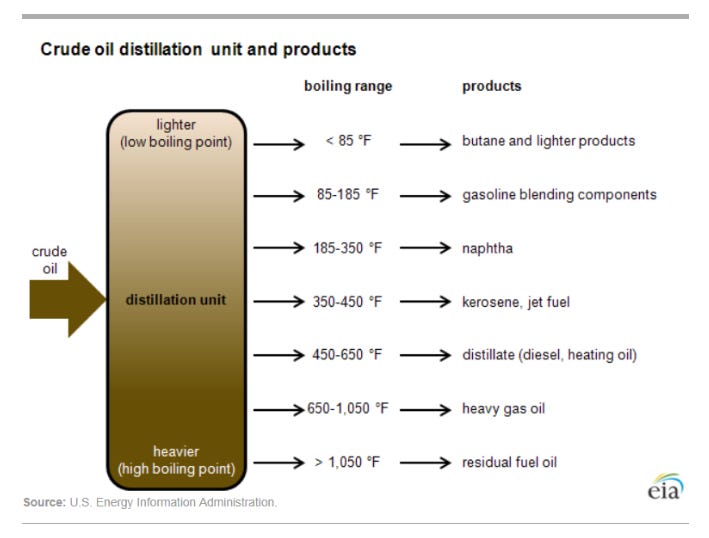The sleep industry was built on the idea that everyone needs 8 hours of sleep. Star influencers like Dr. Matthew Walker, the author of Why We Sleep, in his widely viewed TED Talk stated that losing just 1 hour of sleep during daylight savings time results in a “24 percent increase in heart attacks” and “exactly the same profile for car crashes, [and] road traffic accidents.”
But is it really that simple? Can one lost hour cause all that damage?
The statistics may be accurate in parts, but the explanation is wrong. Car crashes don’t spike on Sunday when the clocks shift. They rise through the week that follows, with Monday often higher. Studies show fatal crashes increase by about six percent during that week. More commuters face darker mornings, and darkness itself raises risk on the road. The reason is somewhat simpler than just a single lost hour.
So that explains road accidents. But what about heart attacks and strokes, which some studies show increase right after the clocks change? How could losing an hour of sleep on Saturday night lead to more deaths on Monday?
The first thing to understand is that heart attacks already show a Monday pattern in some datasets, driven by work stress and lifestyle. Recent data is not conclusive that heart attacks or strokes always increase after the clocks change. However, advanced modelling now suggests that obesity and stroke risk increase over the entire period of daylight savings. It isn’t one night of lost sleep, but an ongoing shift that changes how our bodies function.
The real story isn’t about one night. Daylight savings shifts the relationship between the body and the sun for months.
Circadian rhythm, the internal clock that coordinates sleep, regulates metabolism, blood pressure, immune function, and hormone release. When the clock is pushed out of sync, those processes lose their natural timing. That misalignment doesn’t fix itself in a day. For months, millions of people live slightly out of step with the solar day.
When circadian rhythm is misaligned, The restorative function of sleep is impaired. Sleep is still happening, but it’s less efficient at doing its job. That means slower immune recovery, greater cardiovascular strain, and the kind of brain fog most of us blame on “not enough hours.”
Restorative function is the combined work the brain and body do across the night, repairing tissues, regulating hormones, clearing waste, strengthening memory, and balancing the immune system. When this function is disrupted, the hours we spend asleep lose much of their value. We can still clock the “right” number of hours, but wake up less healthy than we should.
Though circadian rhythm is a familiar part of the sleep story, the role of restorative function is only beginning to be widely recognised. Researchers are showing that it isn’t just how long we sleep or when we sleep that matters, but whether our sleep is actually performing its repair work. That shift in focus changes how we think about sleep and health altogether.
Researchers are now linking daylight savings to long-term health problems like obesity and stroke. Not because of one lost hour, but because months of misalignment blunt sleep’s restorative function and directly destabilise other body systems.
As Australia prepares for daylight savings on Sunday, and the US Congress debates whether to abolish it altogether, researchers worldwide have spent the last decade investigating methods to increase restorative function independent of sleep time. Australia is at the forefront, with Monash University and Sydney’s Woolcock Institute recognised as global leaders. We’ve spent the past few years building on this science at Affectable Sleep, and we’re now months away from releasing this technology to directly enhance sleep’s restorative function.
.png)




